ORNL's Communications team works with news media seeking information about the laboratory. Media may use the resources listed below or send questions to news@ornl.gov.
31 - 40 of 329 Results
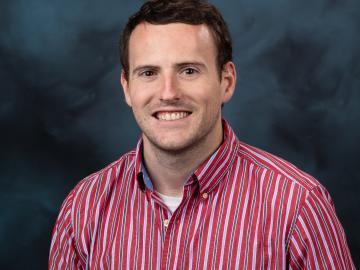
Andrew Conant from ORNL's nuclear nonproliferation division is collaborating with national laboratories to analyze isotopes generated in nuclear reactors. This research aims to glean insights into the operations and objectives of these reactors. ORNL, renowned for its leadership in nuclear research, maintains its legacy by promoting the peaceful utilization of nuclear energy worldwide.
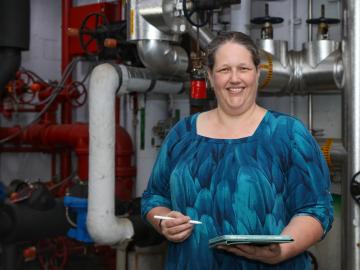
Sara Martinez ensures the safety and longevity of aging structures at Oak Ridge National Laboratory, employing her engineering expertise to protect against natural disasters and extend the lifespan of critical facilities.
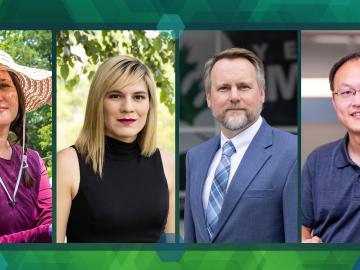
Four ORNL scientists started their professional careers as staff scientists in the Distinguished Staff Fellowship program, a highly competitive, prestigious program for young scientists to begin a lifetime vocation in research at the lab.
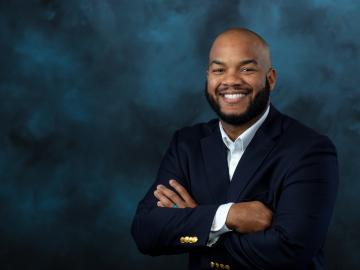
Early career scientist Frankie White's was part of two major isotope projects at the same time he was preparing to be a father. As co-lead on a team that achieved the first synthesis and characterization of a radium compound using single crystal X-ray diffraction and part of a team that characterized the properties of promethium, White reflects on the life-changing timeline at work, and at home.

John Lagergren, a staff scientist in Oak Ridge National Laboratory’s Plant Systems Biology group, is using his expertise in applied math and machine learning to develop neural networks to quickly analyze the vast amounts of data on plant traits amassed at ORNL’s Advanced Plant Phenotyping Laboratory.

Mohamad Zineddin hopes to establish an interdisciplinary center of excellence for nuclear security at ORNL, combining critical infrastructure assessment and protection, risk mitigation, leadership in nuclear security, education and training, nuclear security culture and resilience strategies and techniques.
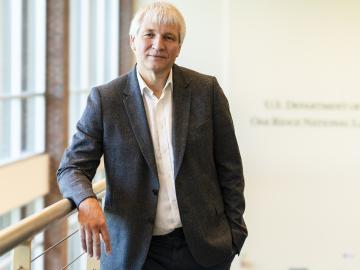
Howard Wilson explores how to accelerate the delivery of fusion energy as Fusion Pilot Plant R&D lead at ORNL. Wilson envisions a fusion hub with ORNL at the center, bringing together the lab's unique expertise and capabilities with domestic and international partnerships to realize the potential of fusion energy.
Luke Bertels, a Eugene P. Wigner Fellow, is helping determine ways to combine artificial intelligence and quantum computing, specifically to develop classical and quantum machine learning methods for using adaptive neural networks to study correlated molecules and chemical systems.
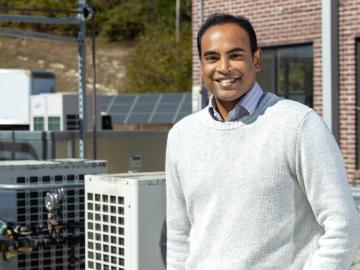
Cheekatamarla is a researcher in the Multifunctional Equipment Integration group with previous experience in product deployment. He is researching alternative energy sources such as hydrogen for cookstoves and his research supports the decarbonization of building technologies.
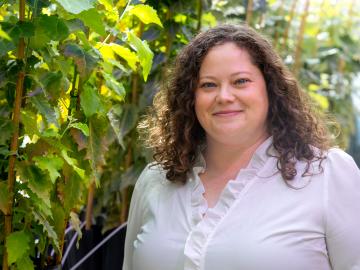
Alyssa Carrell started her science career studying the tallest inhabitants in the forest, but today is focused on some of its smallest — the microbial organisms that play an outsized role in plant health.

